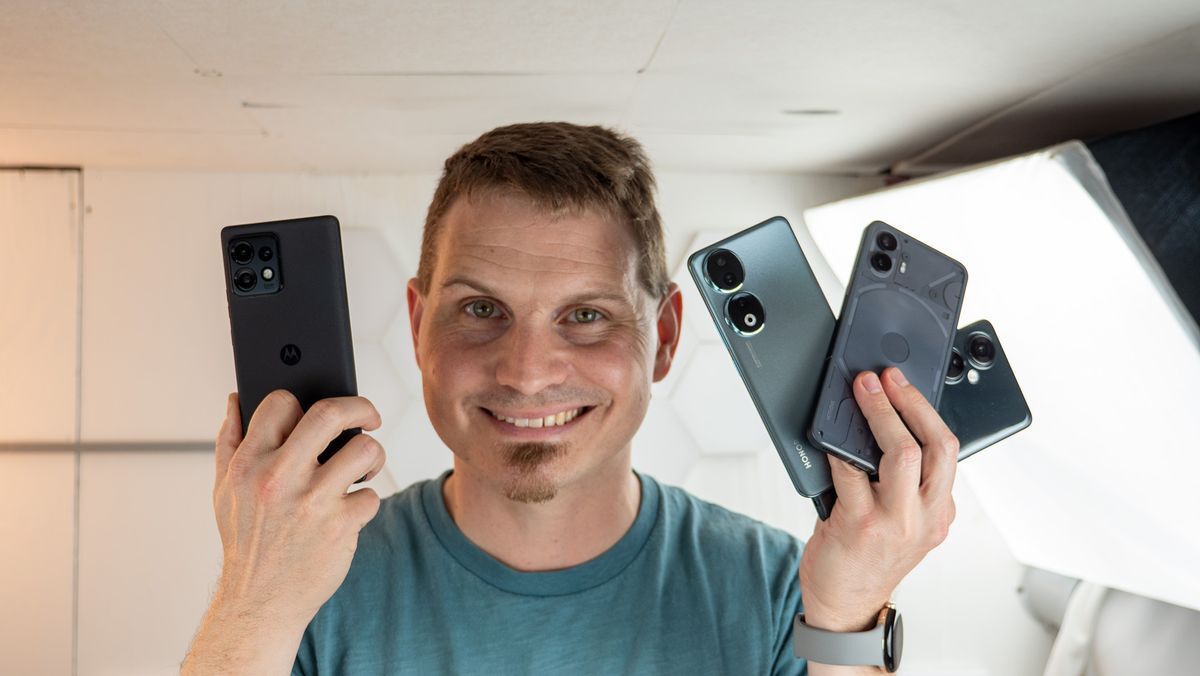If you experience eyestrain using an OLED phone, here are some newer devices that have higher frequency pwm.
Is this really an issue with modern screens that have 90 or even 120 Hz displays?
Yes, PWM rate and refresh rate are two separate things. Even 360hz PWM rates can trigger sensitive people.
Yes, they are two separate things but both measured in Hertz.
Refresh rate is what manufacturers are hyping with 90Hz and 120Hz panels. That is how fast the elements on the screen are redrawn and is strictly a user interface issue.
PWM frequency is how fast the screen turns off and on, and is also measured in hertz.
It is possible to have a phone with a high refresh rate (120Hz) and also low frequency pwm (220Hz) that strains the eyes.
On mobile OLED displays, dimming is done by turning the entire display on and off very quickly (the individual pixels always stay at 100% brightness). This acts like a strobelight and can cause eye strain because your eyes are always adjusting to the change in brightness, even though your conscious brain doesn’t see or register the flickering, or registers it in a different way. Some people don’t notice it at all; others have trouble looking at the text because the words seem to wobble on the display.
Lots of things flicker, like LED lights, brake lights, the sun, but people don’t spend 6 hours a day staring into the bulb lighting their bedroom like they stare into their screens.
Flicker is not an issue on most LCD phones or laptops made in the past 7-8 years. It is also not an issue when the OLED pwm frequency is increased to where the flickering happens so fast that it is imperceptible to the eye (as in, 1000Hz or more). This is what many new OnePlus and Xiaomi phones are doing, as well as some of the phones in the article.



